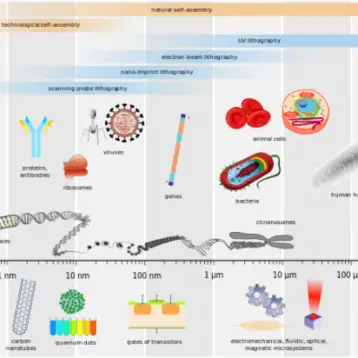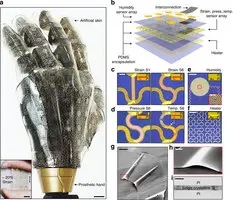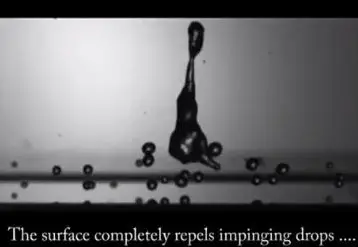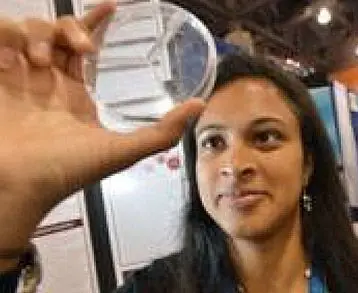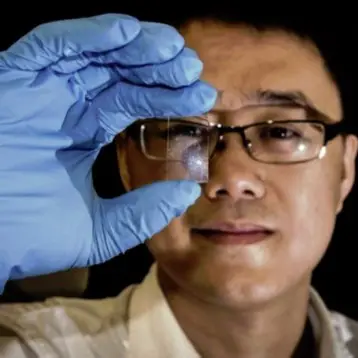|
Quantum dots have remarkable electronic traits, like the capability to control typically slippery and fast electrons. This permits controlled interactions involving electrons to be applied to computations. The new atom-sized quantum dots are also able to function at room temperature, unlike previous quantum dots that can only operate at extremely low temperatures.
Earlier variations of quantum dots ranged in size from 2-10 nanometres in diameter, and have commonly been denoted as artificial atoms. The structure of the dots is normally made up of several thousand atoms. These atoms combine their electrons to “sing with one voice,” meaning the electrons are organized and synchronized in a manner which creates an atomic nucleus at the centre. This feature could facilitate various innovative formats for electronic devices.
The project leader, Robert A. Wolkow, expressed the prospective influence of this concept by saying, “Because they operate at room temperature and exist on the familiar silicon crystals used in today’s computers, we expect these single-atom quantum dots will transform theoretical plans into real devices.”
|
Another interesting advantage of the single atom quantum dots is that they possess substantial command over distinct electrons while at the same time consuming a minute amount of energy. Wolkow predicted this low-energy control as the fundamental application of quantum dots in the latest varieties of silicon-based electronic devices; for example, ultra low-power computers.
TFOT has previously written about electron traps that compute, where superimposed quantum dots are able to ”trap” single electrons, and an international team of researchers who have demonstrated controlling thequantum states of a single electron in a silicon transistor by placing the electron in two places at once. You can also check out our article about nano-diamonds thatmight lead to quantum computing by shooting carbon atoms into glass. The diamonds’ properties may help in creating quantum computers capable of performing parallel computing tasks that cannot be carried out by conventional computers.





